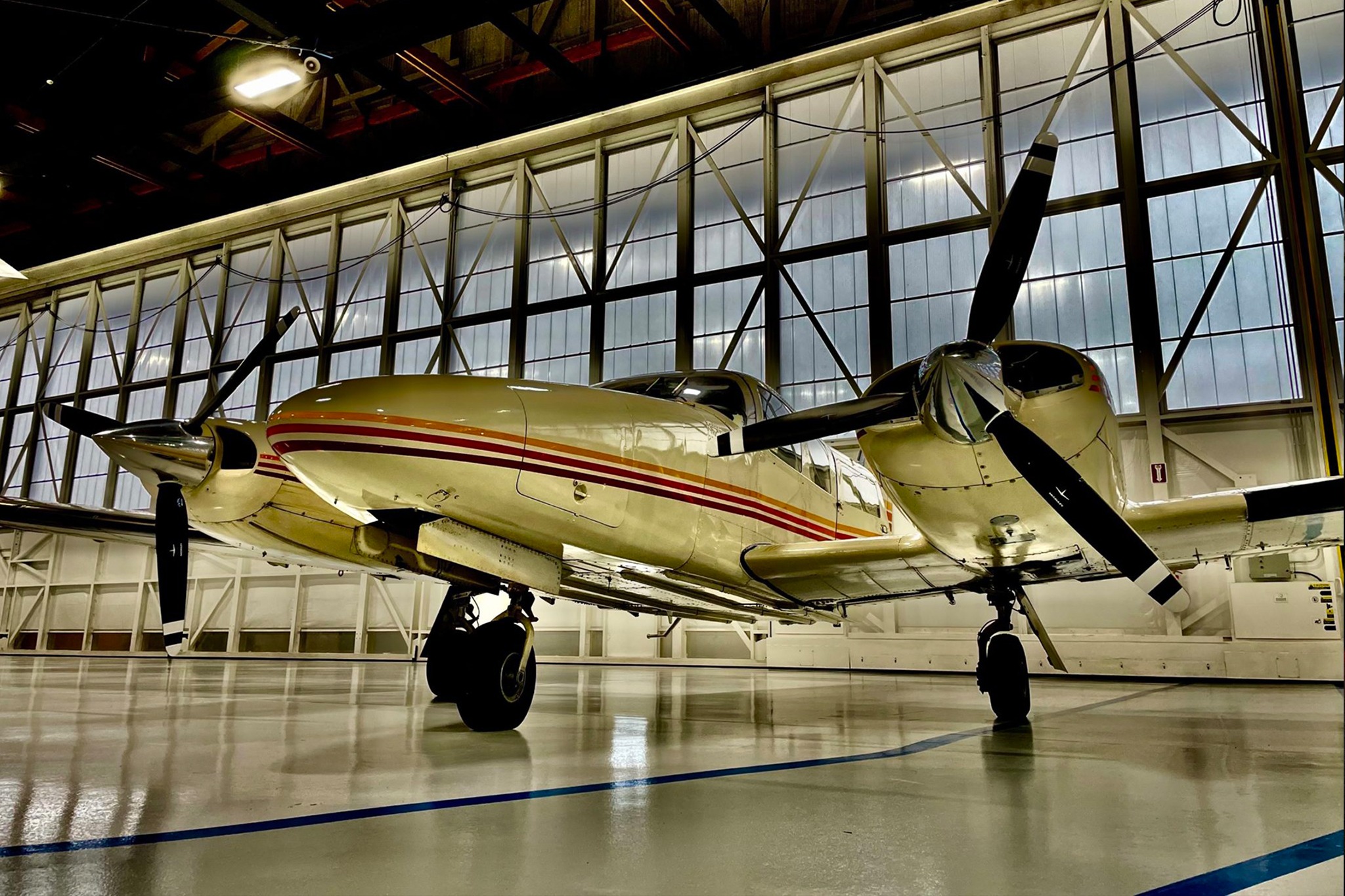OBTAIN YOUR COMPLEX ENDORSEMENT:
What is Complex & High Performance Endorsements?
The complex endorsements is relatively easy to obtain, yet affords a pilot the ability to fly a wider range of aircraft.
And it’s a lot of fun!
Complex and high-performance endorsements refer to certifications or qualifications pilots can obtain to operate more advanced and specialized aircraft. These endorsements require additional training and often demonstrate a pilot’s proficiency in handling complex systems or high-performance aircraft. A high performance is an aircraft with an engine producing more than 200 horsepower. Types of endorsements include:
Complex Endorsement: This endorsement allows pilots to operate complex aircraft, typically defined as aircraft with retractable landing gear, flaps, and a controllable-pitch propeller. Pilots must receive specific training and demonstrate proficiency in handling these systems before obtaining this endorsement.
High-Performance Endorsement: This endorsement permits pilots to fly high-performance aircraft, usually defined as those with an engine of more than 200 horsepower. Pilots need additional training to handle the increased power and speed of these aircraft.
Multi-Engine Rating: This rating allows pilots to fly aircraft with more than one engine. Multi-engine aircraft require different handling techniques and systems management compared to single-engine aircraft, so pilots need specific training and endorsements to operate them safely. Most multi-engine aircraft are considered complex and high-performance by the FAA.
Instrument Rating: While not strictly an endorsement, an instrument rating allows pilots to fly in instrument meteorological conditions (IMC) and navigate solely by reference to instruments. This rating is essential for flying in adverse weather conditions and is often considered a prerequisite for commercial pilot positions.
Type Ratings: For larger or more complex aircraft, pilots may need a type rating specific to that aircraft model. Type ratings require additional training and a checkride with an examiner to demonstrate competency in operating the specific aircraft type.
Jet Transition Training: Pilots transitioning to jet aircraft may undergo specialized training to familiarize themselves with the unique systems and performance characteristics of jet engines and high-speed flight.
Complex Avionics Endorsement: With the advancement of avionics technology, pilots may require specific endorsements to operate aircraft equipped with advanced avionics systems such as glass cockpits, integrated flight decks, and autopilot systems.
These endorsements and qualifications ensure pilots have the necessary skills and knowledge to safely operate more advanced and sophisticated aircraft, contributing to aviation safety and proficiency.
